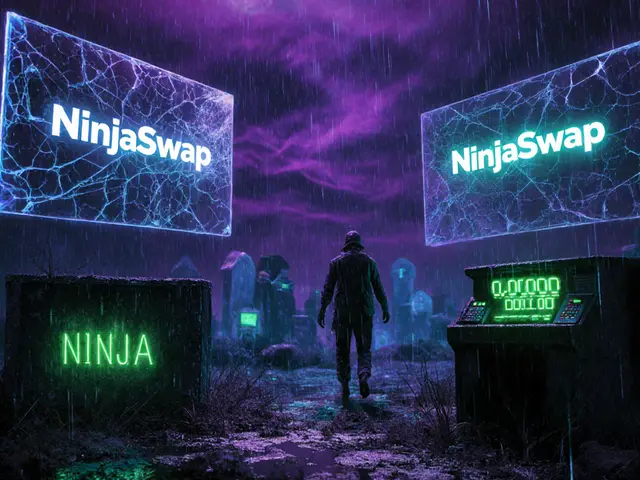Digital Asset Licence – Your Quick Guide
When working with Digital Asset Licence, a legal permission that lets issuers offer tokenized assets or cryptocurrencies under a specific regulatory framework. Also known as DAL, it sets the rules for who can create, trade, or manage digital tokens. digital asset licence encompasses regulatory compliance, meaning any project that holds one must follow the same standards as traditional finance. In practice, the licence requires robust AML/KYC procedures, regular reporting, and often capital reserves. This connection between the licence and compliance is why many crypto startups treat it as a cornerstone of their business model.
Related Frameworks that Shape a Digital Asset Licence
One of the most common companion concepts is cryptocurrency licensing, the broader set of permissions and registrations needed for blockchain projects to operate legally. While a digital asset licence focuses on specific token offerings, cryptocurrency licensing covers exchanges, wallets, and service providers. Another key player is regulatory compliance, the ongoing process of meeting legal standards such as reporting, auditing, and consumer protection. Both entities influence each other: a solid licence simplifies compliance, and compliance requirements often dictate the licence’s scope. The EU Travel Rule, a regulation that obligates crypto service providers to share sender and receiver information for transactions over a certain amount directly impacts how a digital asset licence is enforced in Europe, because the rule influences the AML/KYC procedures that licence holders must adopt. Finally, AML/KYC, anti‑money‑laundering and know‑your‑customer checks required to verify user identities and transaction legitimacy is the operational backbone that binds the licence, compliance, and travel rule together.
All these pieces—licence, broader crypto licensing, compliance duties, the EU Travel Rule, and AML/KYC—form a network that determines whether a digital token can launch and stay on the right side of the law. By understanding how each entity interacts, you’ll be better equipped to assess projects, spot red flags, and meet your own regulatory obligations. Below you’ll find a curated set of articles that dive deeper into each of these topics, from real‑world licence case studies to step‑by‑step compliance checklists, giving you practical tools to navigate the evolving landscape.




